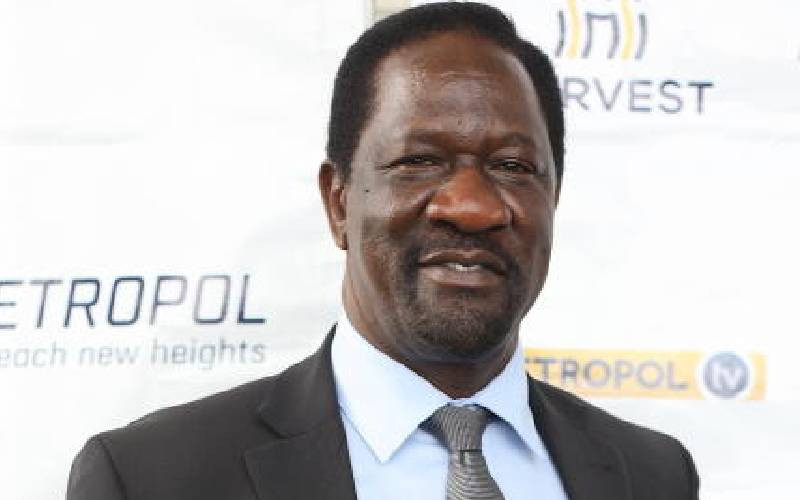×
The Standard e-Paper
Smart Minds Choose Us

Only 40 per cent of borrowers who had been listed negatively took advantage of the regulator's call to pay half of what they owed their lenders in exchange for a clean record, a credit reference bureau has revealed.
The reprieve was to give borrowers a clean slate with lenders which was one of President William Ruto's goal as he sought to liberate seven million Kenyans listed negatively.